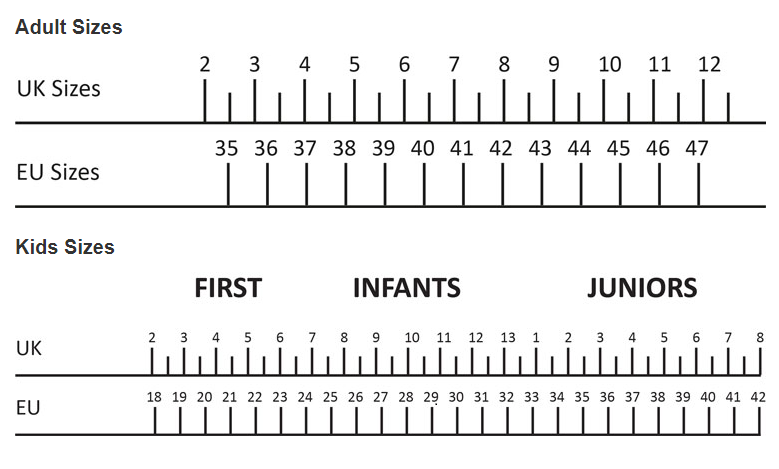Today, I’m thrilled to share a guest post on Why Shoe Size Matters by Christophe Champs, PODO Clinic and Workshop
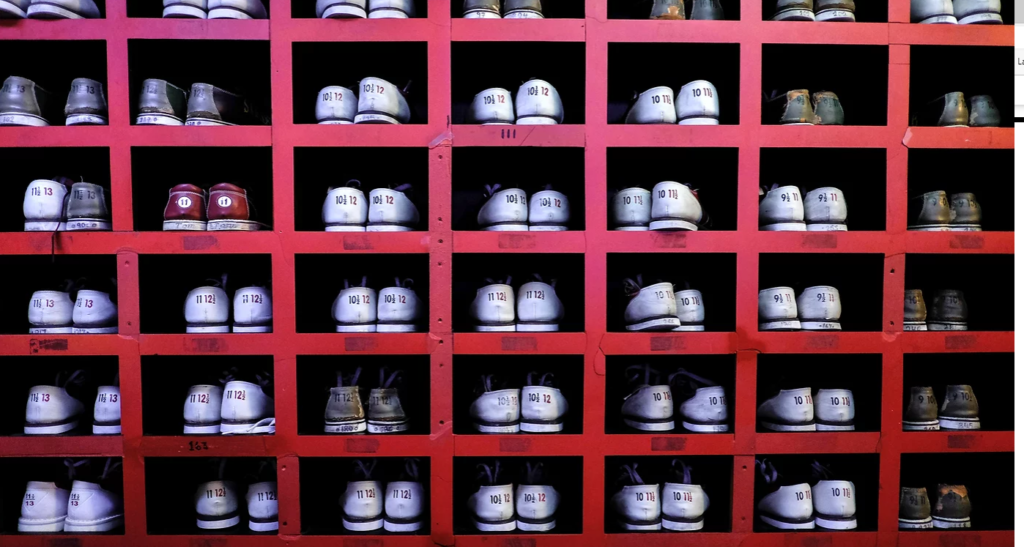
Unless you have only bought one type, make and brand of shoe—which is super unlikely—you will know that the size number varies depending on shoe type, model, brand, manufacture, stitching and materials. And that’s not even taking into account how, over time, an adult will often size up by 1 to 1.5 in European measurements due to various changes in life, such as bodyweight, an acquired condition affecting tendons and ligaments, a neurological disorder, a surgery, a pregnancy, the menopause and much more. Feet shape and size may seem static – but they are influenced by a wide variety of factors.
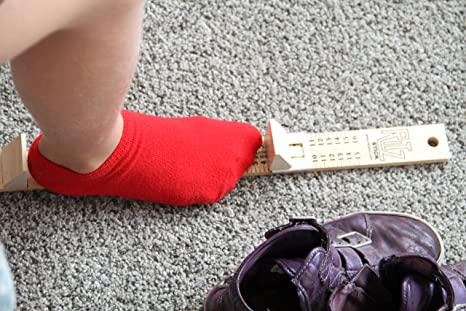
Does your size matter?
But does all this really matter? How important is it to know, accurately, your shoe size?
On the one hand, it is important, and not just because the shops, online and high street, are organised that way.
Most foot problems are linked to ill-fitting shoes. Whether they are too big and not providing support—which can lead to imbalances and issues like plantar fasciitis—or they are too small and causing toe-deformities and skin and nail problems.
That said, simply knowing your number won’t necessarily be that much help. Every brand makes so many shoes, using so many different factories in Vietnam, China, Portugal that there is no consistency anymore. So, never trust the number. Only the fit matters and your overall feeling when you try the shoes on.
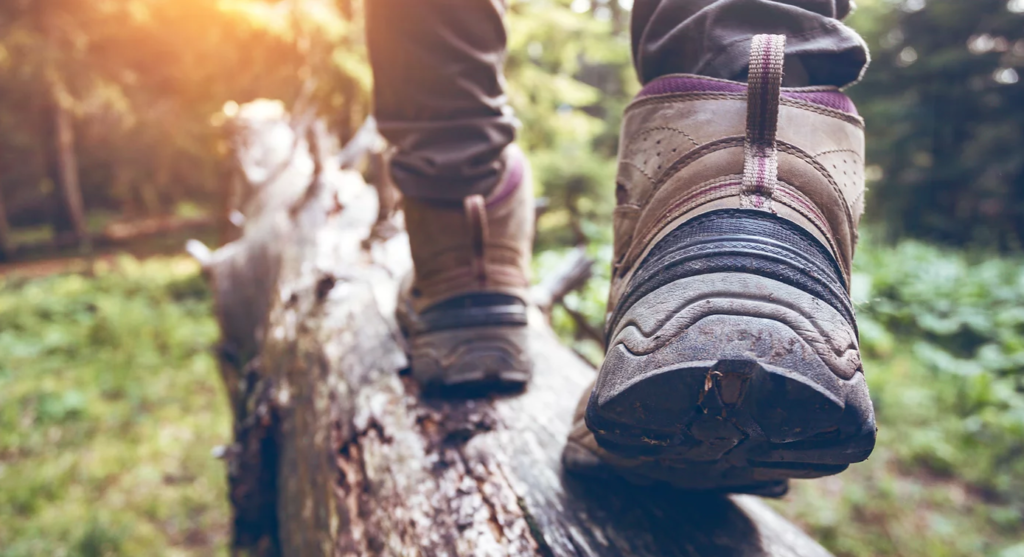
How to tell if your shoes are the right size
So, if the fit is what is important, how can you tell if the shoe is right for you?
Shoes must strap and protect the feet while offering enough volume and flexibility for the foot to move and swell (and shrink) throughout the day. If the shoes don’t feel good in the store, they won’t do your feet any good afterwards.
Check the length of the shoe using the thumb rule. Place your thumb across the front of the shoe, running parallel to the tips of the toes, and make sure you do not feel any part of your toes. Check that you can’t feel your second toe in particular as for some people the second toe is longer than the big toe.
One thing I discovered when selling shoes when I was a student, was the amount of parents who face their child and look for their big toe with their thumb. Anytime the child’s second toe is longer than the big toe, they would miss it. This is why we need to turn the thumb and place it transversally along the front of the shoe – so we don’t miss a longer toe.
Allow an extra size for running shoes, and less space for football shoes where the feeling of the ball is important when playing.
For hiking shoes, since the tongue tends to be attached on both sides and doesn’t move around, you must make sure the shoe doesn’t feel tight on the top of the foot (above the instep). Always try your hiking shoes or boots with thick socks on and then you will have the option to gain more volume with thinner socks on long hikes. A snug feeling is essential, a tight feeling will hurt. Do not use the very top eyelet on boots when walking uphill on a long distance hike, as this will give your ankle more flexibility. Remember if your ankle cannot flex enough, your knee might have to flex more to compensate. This is not a good thing when walking up slopes/hills. Downhill, use every eyelet to secure your ankle as your foot and ankle are the parts most prone to roll in or out.
When considering ‘office’ footwear, if at all possible, avoid wearing shoes, especially ones with a high-heel that have pointed toes as these squeeze the toes and can lead to deformity. A few hours on the occasional evening is fine, but as a day-to-day shoe, they are best avoided.
Next, check the width and ensure you have enough space around the toe box. Some materials, (plastic, varnished leather, etc.) do not give. These materials press on the ball of the foot and cause pain. Also, if there is stitching around the ball of the foot, it won’t allow the material to give and this can also lead to pressure on the forefoot. Basically, it’s either a case of the foot misshaping the shoe or the shoe pressing/rubbing onto the foot, affecting the skin and joints (leading to skin build up, metatarsalgia, Morton’s toe, bunions, etc.)
If your foot is quite narrow, you can still give yourself the support you need by lacing the shoe correctly. Cross the laces to maintain the forefoot and use the “heel lock” lacing method to maintain the heel in place. Make sure you do not tighten your shoes too much, as this just move any foot pain elsewhere on the foot.
Ensure you have enough space to accommodate a high instep. For example, if you have a high instep (lump on the top of your foot) stay away from the Richelieu or Oxford type of dressy flat shoes (for men and women). A Derby type would be more appropriate as their construction method, which is made in quarters, provides you with an open lacing that will accommodate the higher insteps.
When it comes to purchasing trainers, skip some of the eyelets above the instep in order to create a window of decompression. You will then support the forefoot and the heel without applying any pressure on the instep.
Finally, always try the shoes before buying them, and do it at the end of the day when the foot gets swollen in size. If you use shoe inserts or orthotics take these with you, and always try the shoe with the type of sock you intend to wear them with.
These tips are important as ill-fitting shoes can cause a range of problems, including creating an imbalance in your gait and overall body biomechanics. In turn this can lead to pain and make you more susceptible to back, neck and hip problems.
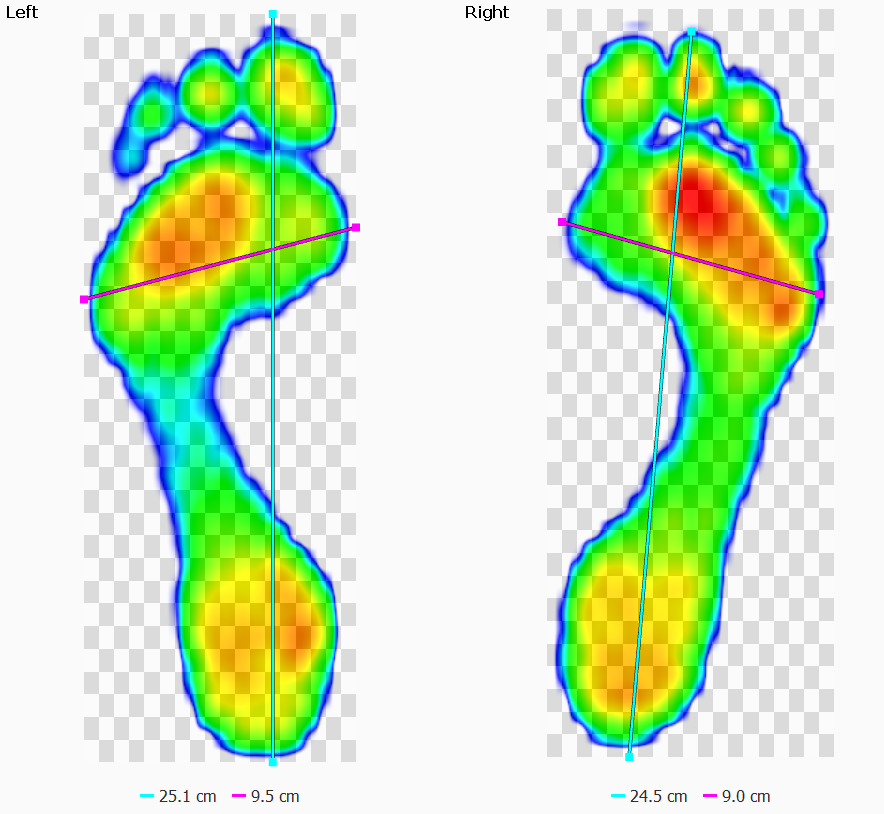
Using orthotics
By using orthotics, tailored-made to each foot, you can reduce the risk of imbalance and damage, and correct posture problems. In turn this will reduce pain and can often give you, as some patients put it, a ‘new lease of life’ as movement becomes easier and the body is stronger when properly balanced.
Orthotics need to be custom-made for your feet, as each person, and each foot is different. Orthotics are made for your feet, not for your shoes. A great way to see what is going on with your feet is to make a simple footprint on a sheet of paper. This is often enough to highlight the bones’ limits, the plantar pressures and, from there, a professional can build a pair of custom orthotics. This is always best done with you in the room so each orthotic can be properly fitted and adjusted during the process. This way you can be absolutely sure that the orthotic will do its job.
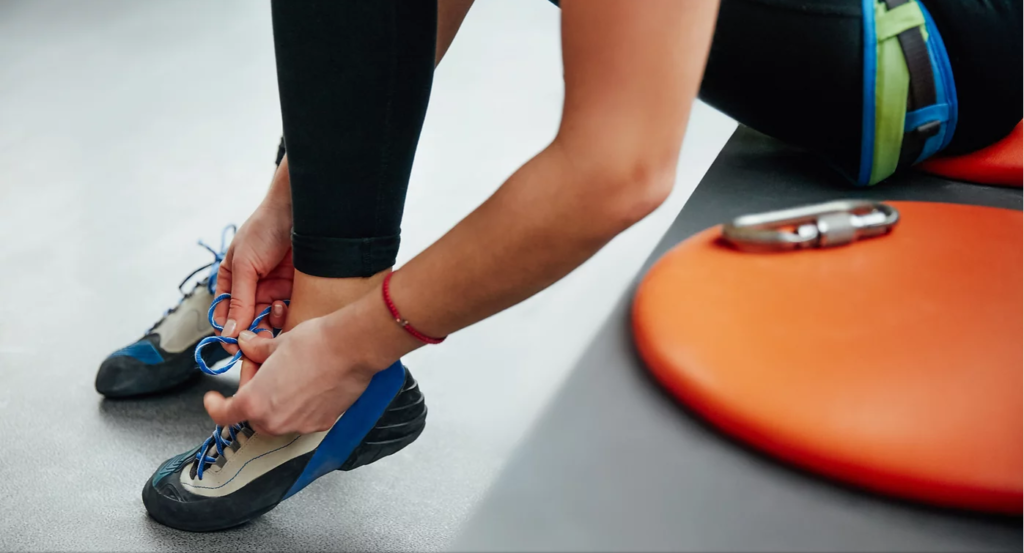
Do orthotics affect the size of shoe I need to buy?
If your orthotics are bulky you might need to go up a size. When custom moulded, layer by layer, directly onto your feet and when the aim is to merely use the volume available, many of my patients actually find they go down a size.
Often on social media you will see pictures of the toe box of the show having been cut out underneath. The post will claim that this shows how your feet as ‘squashed’ into the shoe and that being unable to spread your toes is a bad thing. However, these two-dimensional clichés do not reflect the truth. The foot is three-dimensional with 28 bones and three arches that need support. Being able to move around a lot and spread your toes inside the shoe, and not feel the shoe support you is not good for the foot.
Custom orthotics will help sustain your arches (whether they are high or collapsed or anything in between) and this helps to make the most of the volume available in the shoes, which then prevents your foot from collapsing or flattening. With orthotics high arches are maintained, flat feet are given structure, and collapsed arches are realigned – in other words, everyone can benefit from more arch support. Orthotics also take the pressure off the ball of the foot and stop your toes from spreading. No need to size up or buy a wide fitted shoe anymore.
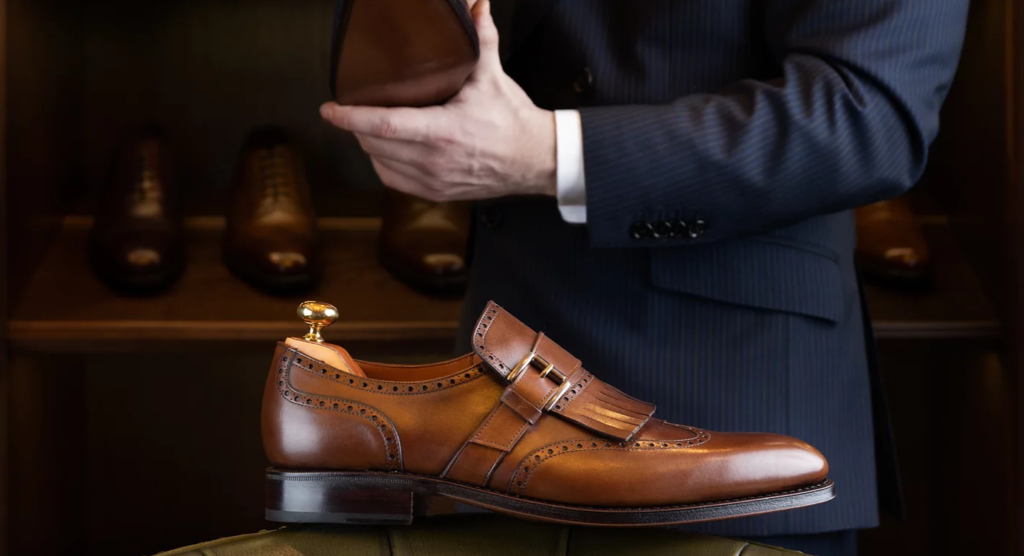
In conclusion
Most of us are not really aware of our accurate shoe size, and although the number may not ultimately be that important, the fit is of paramount importance. So, whatever shoe you are buying, always ensure that it fits currently by following the tips above. And, if you have foot pain, or back, neck or hip pain, get your feet and gait checked by a professional podiatrist and biomechanics expert. Your body will thank you for it!

ABOUT THE AUTHOR
Christophe Champs is an expert in Biomechanics, and the founder of PODO Clinic and Workshop. Christophe works with clients to help correct postural and biomechanical issues that are causing pain or putting a client at risk of injury. By testing both the moving gait and the still posture Christophe can correct misalignment and asymmetry through creating custom-made orthotics to suit the exact needs of each individual client.
Web: www.podo.london
Instagram: https://www.instagram.com/podo.london/
Facebook: https://www.facebook.com/podo.london/
Twitter: https://twitter.com/PodoLondon
YouTube: https://www.youtube.com/channel/UCss43g6-7mcNBwrRnf1zKlw
LinkedIn: https://www.linkedin.com/in/christophe-champs-podo/
